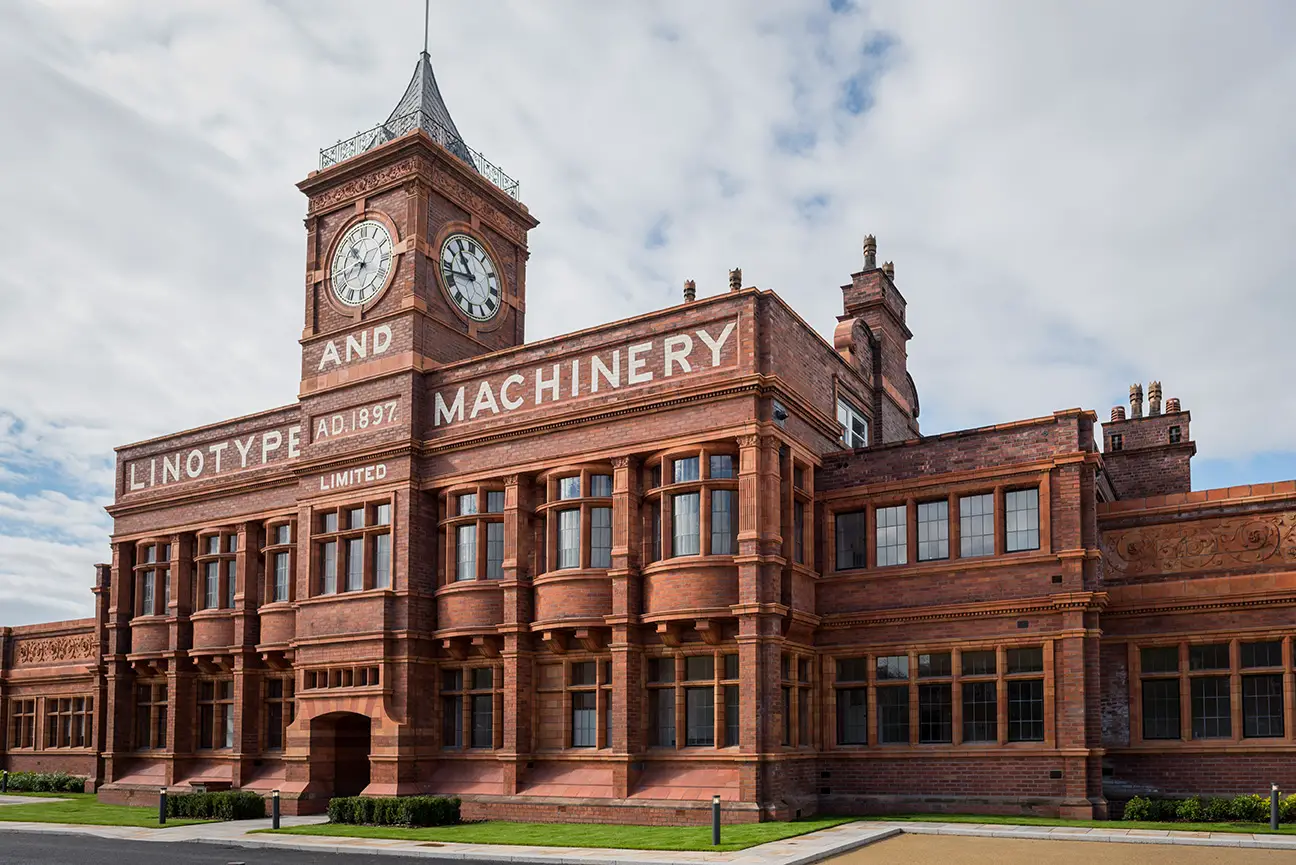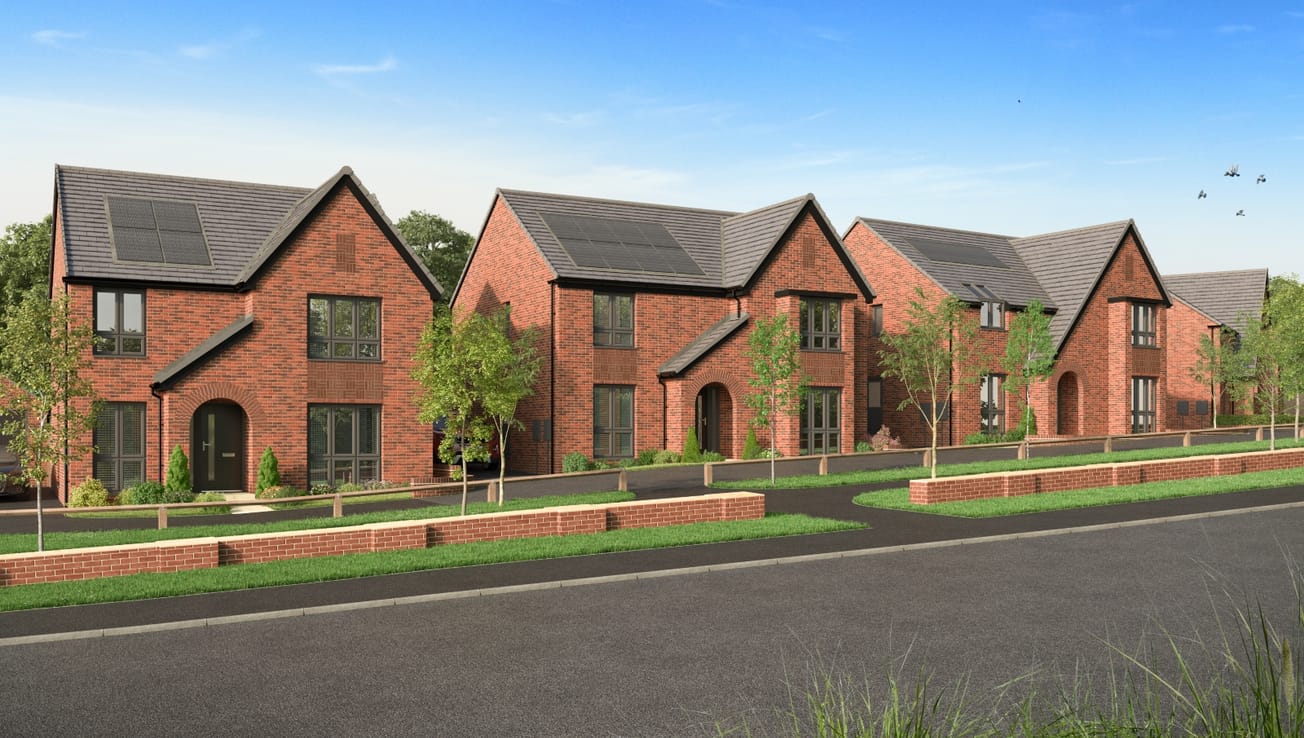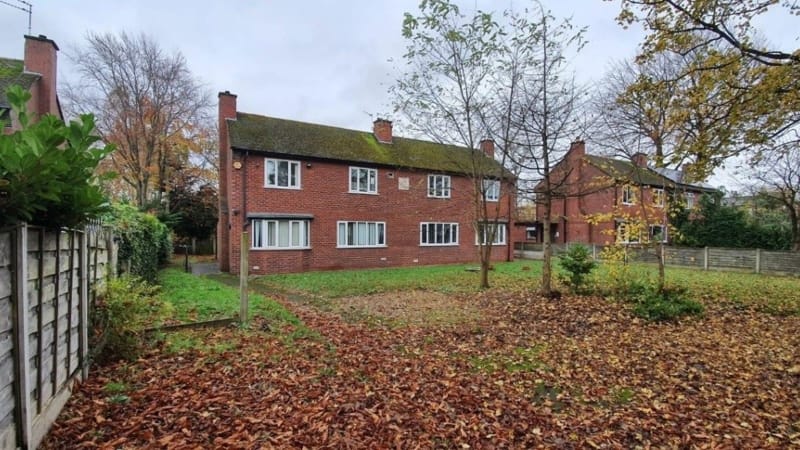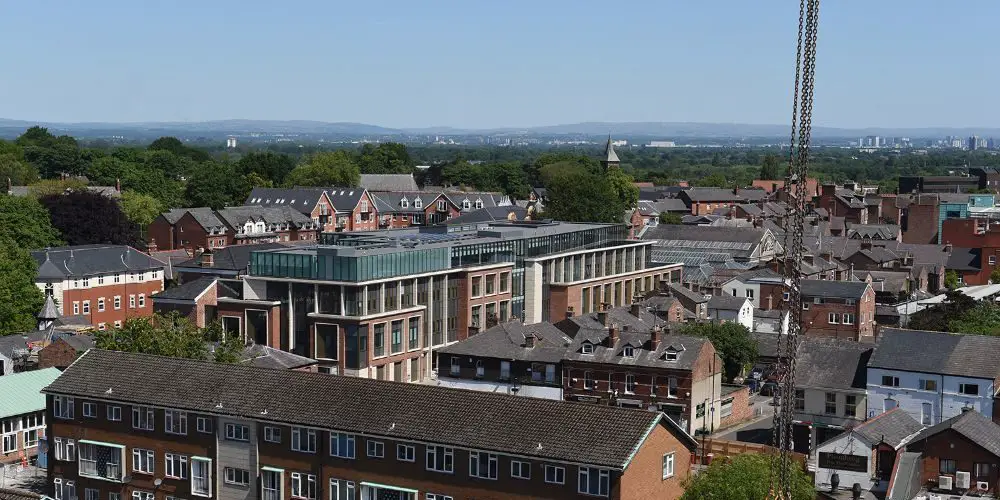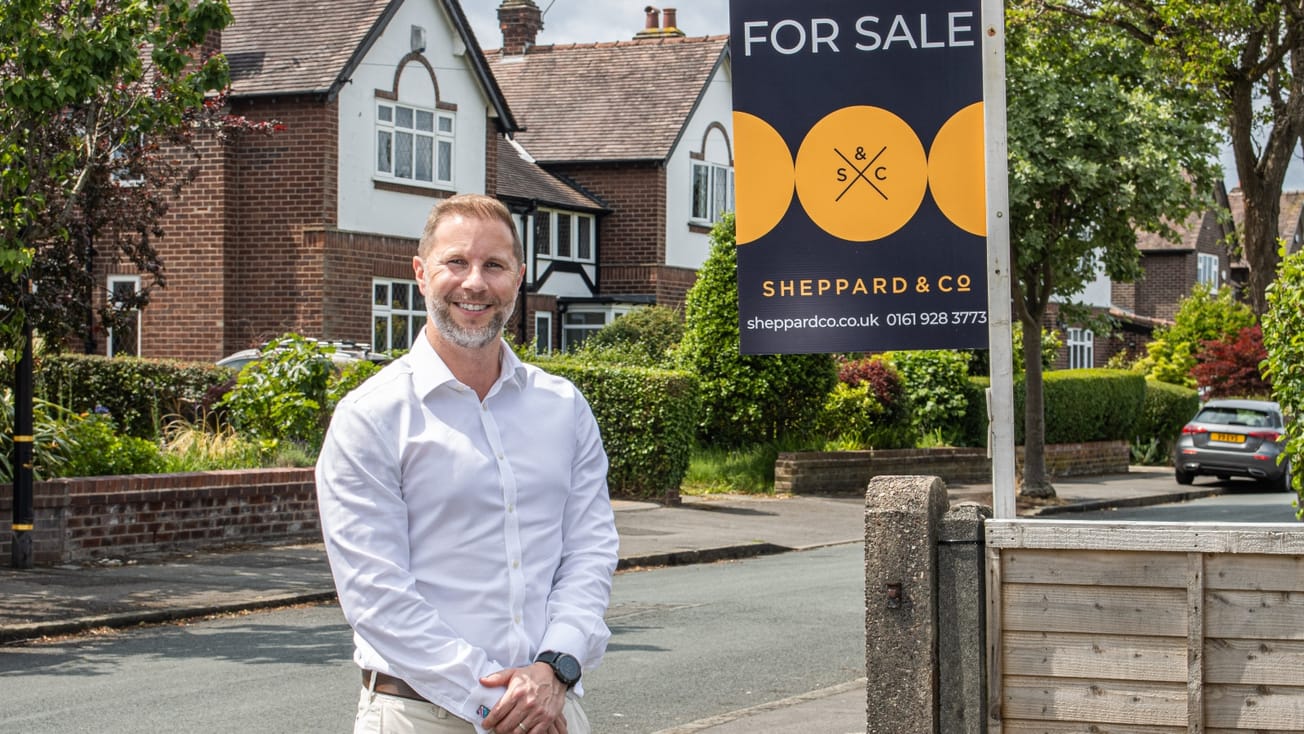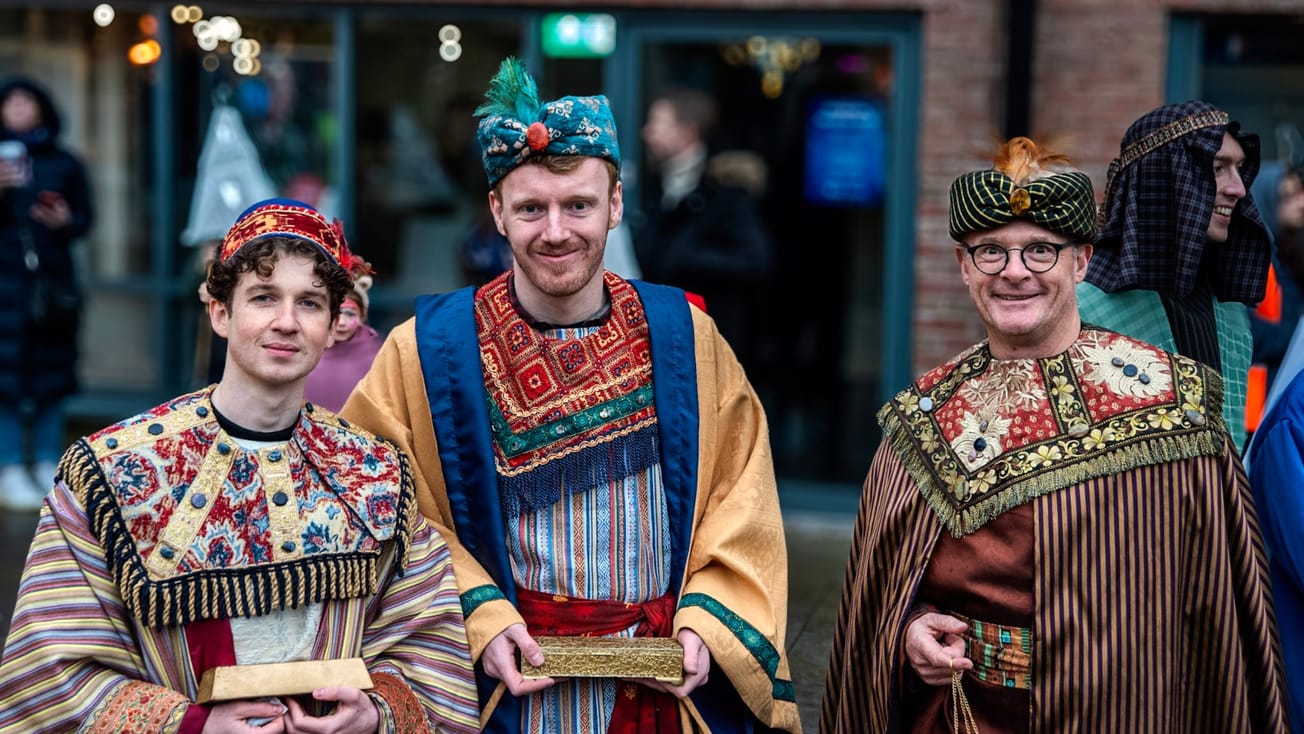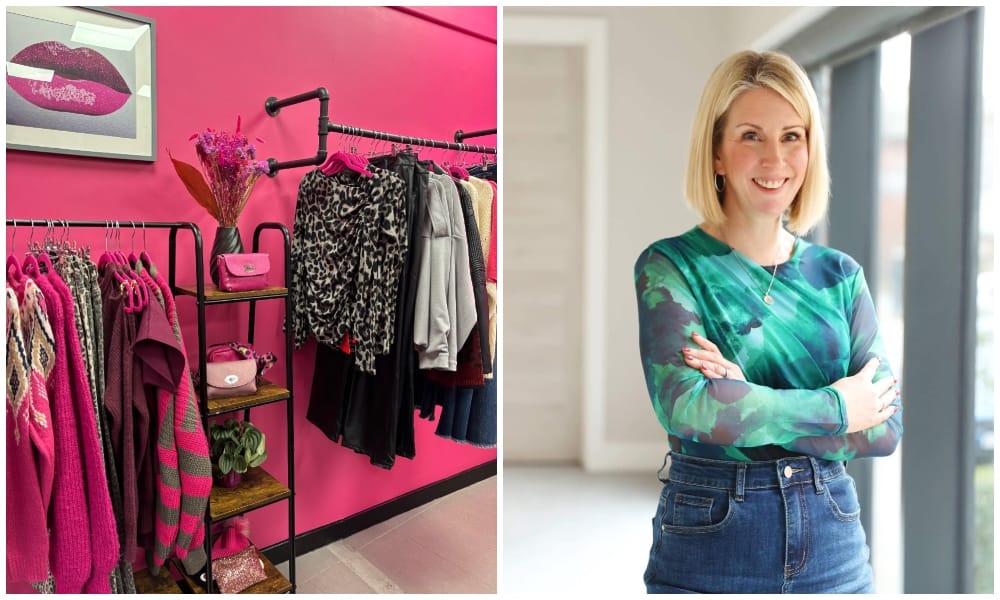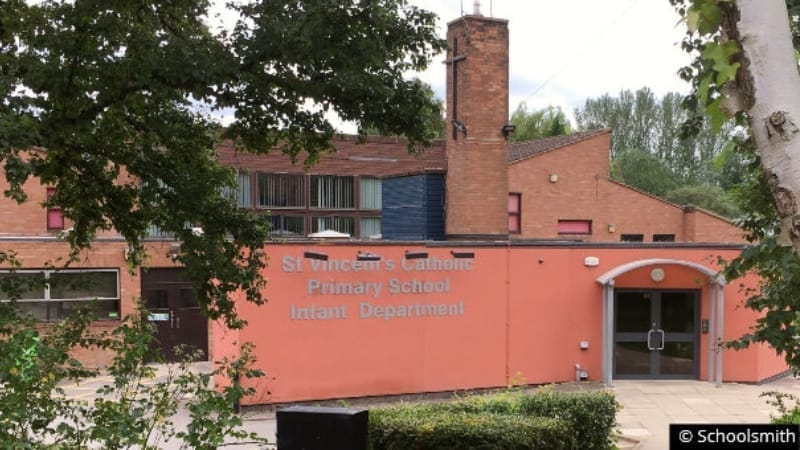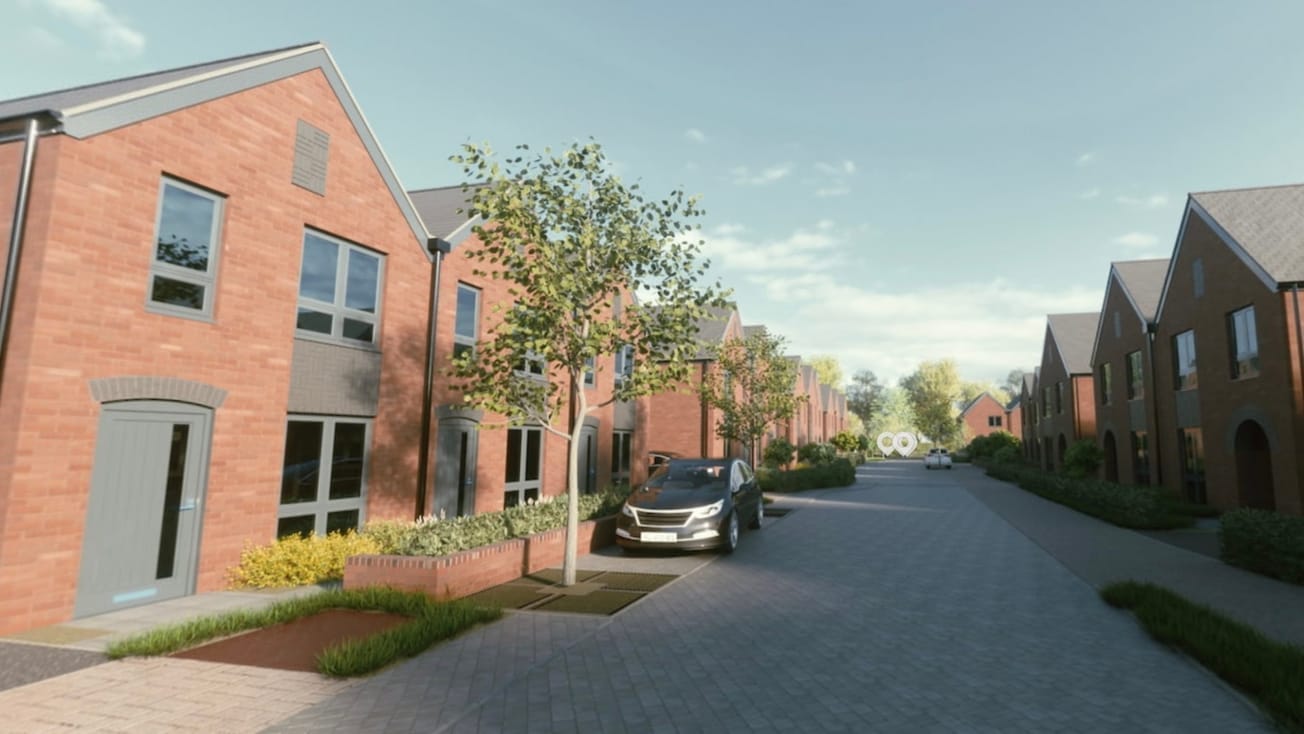It was the factory that fuelled a newspaper revolution, and now Altrincham’s iconic Linotype and Machinery (L&M) Company building is back in the headlines.
The distinctive red brick site has been at the heart of industrial life in the region for more than a century.
Created in 1897 to house one of the world’s most important linotype machines, the factory employed more than 10,000 people to make typesetting machines for the newspaper industry across the globe.
Like Port Sunlight on The Wirral, the Broadheath site was work and home to generations of employees. Everyone from accountants and engineers to electricians and joiners enjoyed its sports and social clubs, suite of dining halls, as well as hundreds of brand-new homes built to accommodate workers.
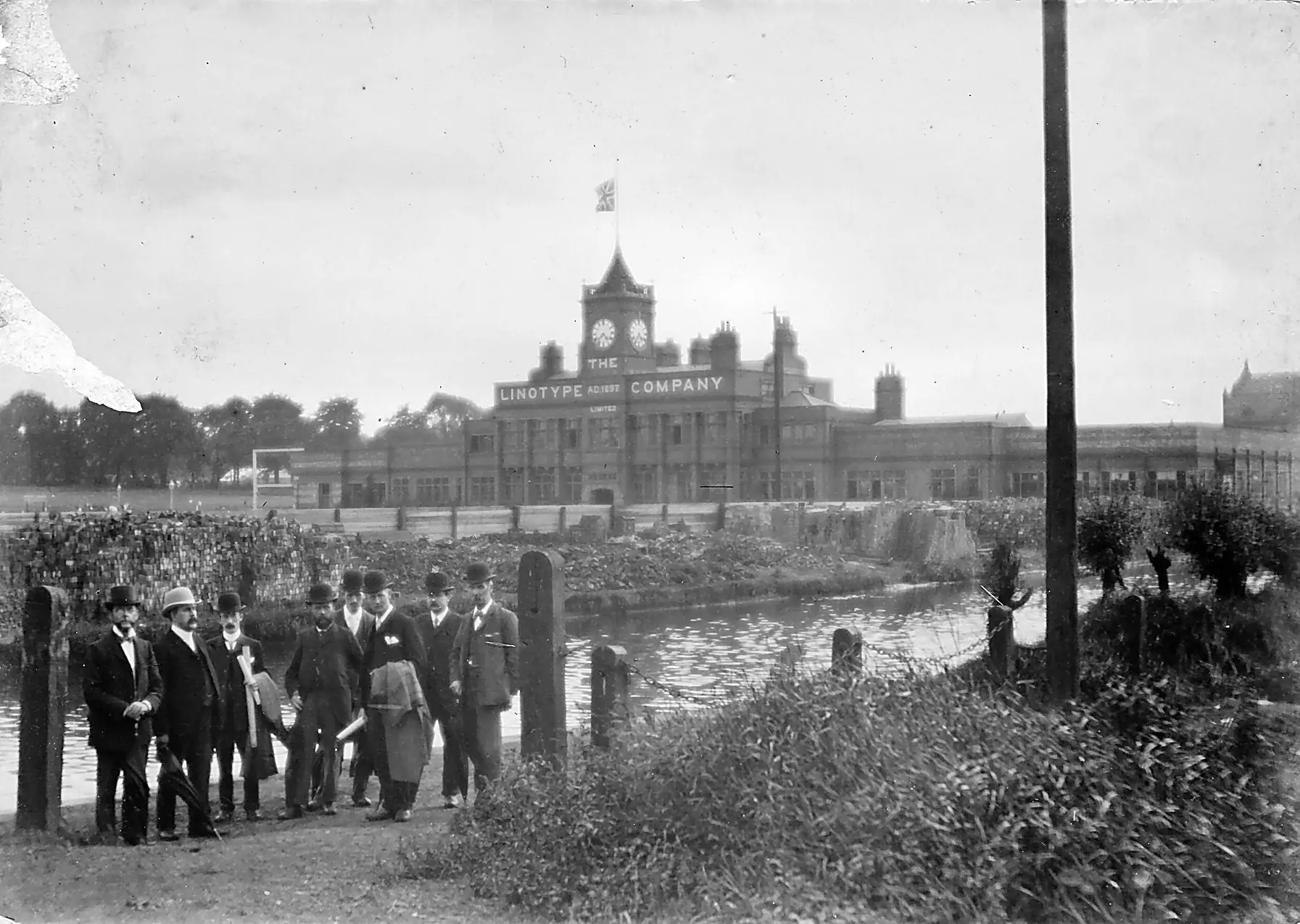
Former Linotype manager Eric Rattray, 74, remembered: “There were more than 2,000 people working there and it was a community. There were 500 houses for workers, all the way up to Manchester Road.
“It had been designed so you could see the factory from there and you could get to it by all these paths, these pedestrian routes, you didn’t have to cross any roads. There were football and cricket teams, the social club – people met their partners, made friends – it really did mean so much to so many people.”
Eric continued: “It was such an important part of the Industrial Revolution, of the modern world, being able to read the printed word, the access to information that it gave them changed people’s lives.”
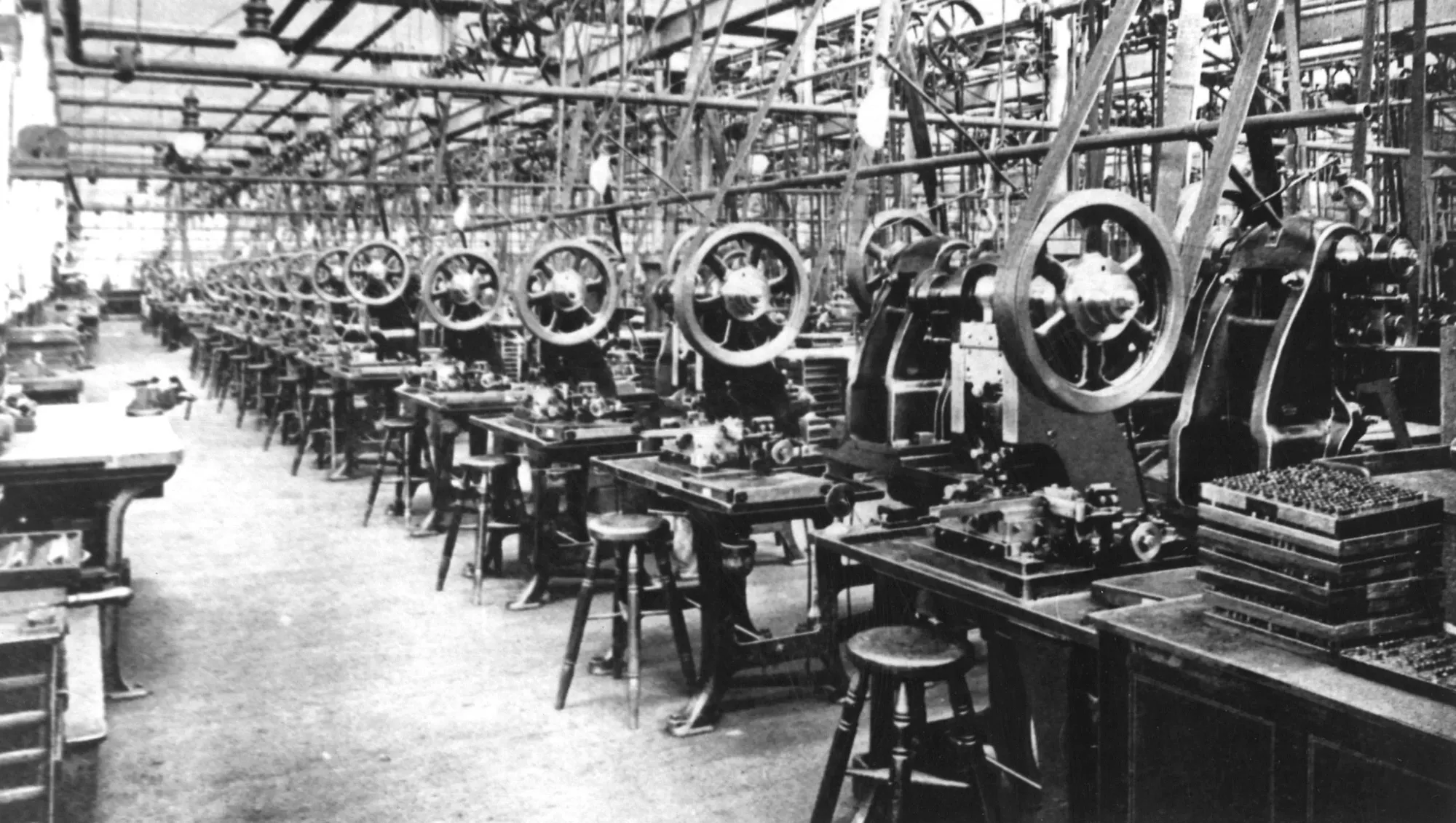
But when the type business slowed, the Grade II-listed site fell into disuse, being rented as office space from the 1980s.
Bought by Morris Group, one of the UK’s largest private house builders, in 2015, it has now been transformed into a unique collection of luxury apartments.
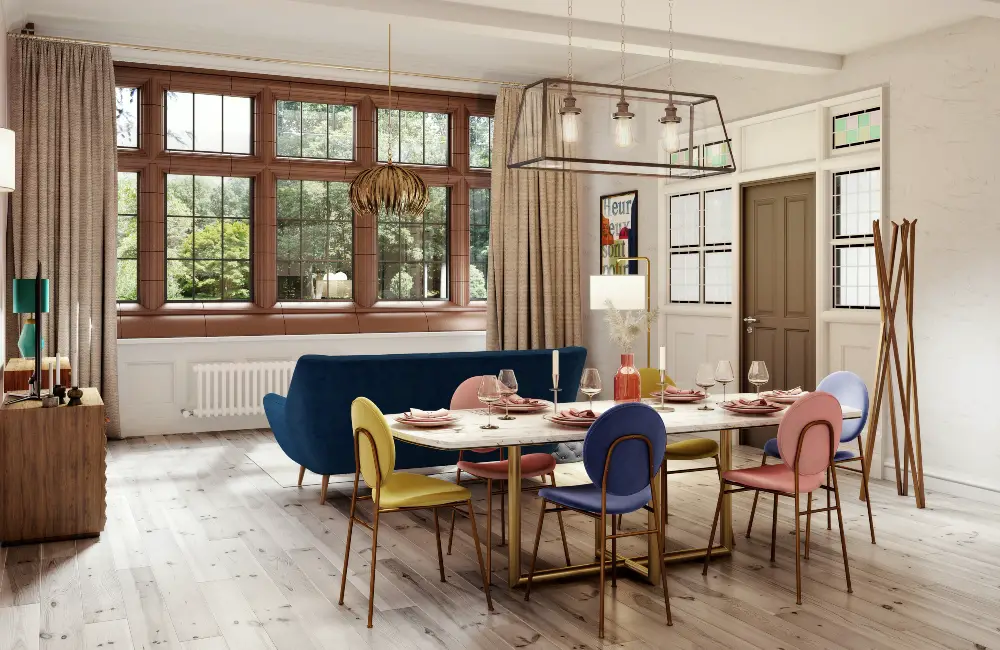
Morris Homes has spent the last few years working closely with conservation experts, Trafford City Council planners and craftsmen to create a network of new homes that reflect the area’s rich history.
Antique tiles, copper shingles and restored metal frame windows are just some of the bespoke features retained in a development that blends heritage detail with the best in modern, restorative engineering.

As the collection of 11 apartments are released for sale, Morris’ Group Planning and Design Director, Garry Goodwin, said: “The heritage of this building has been at the forefront of all the decisions we’ve made – and reflected in the style and look of all the new homes we’ve created.
“From large-scale conservation and restoration to smaller details; we’ve tried to retain as much as we can of the character of what is a landmark site and buildings, to create something that will mean just as much to a new community as the building has done for so many generations.”

